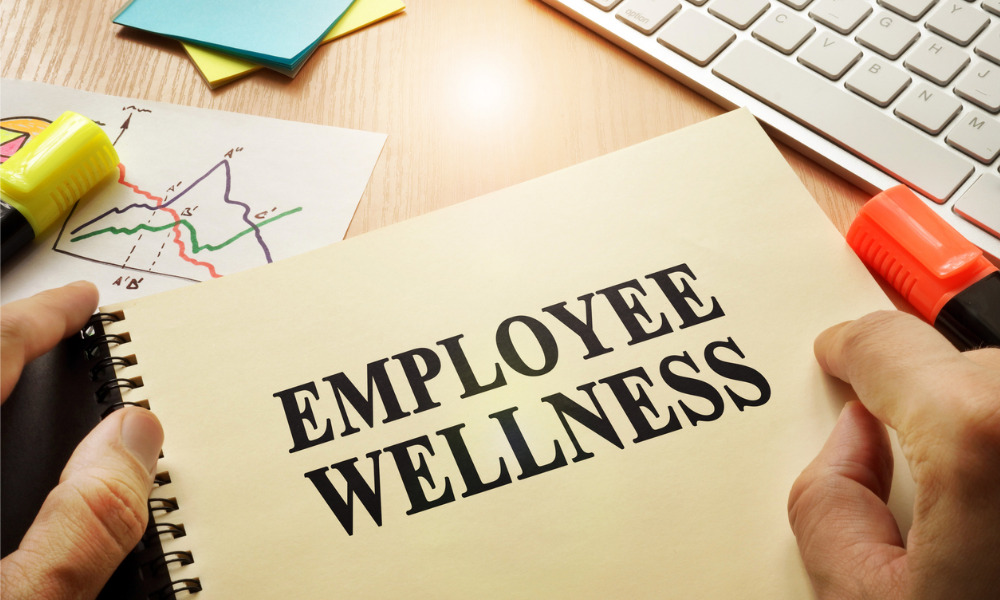
Wellbeing packages are becoming an increasingly complex pillar for HR leaders to navigate

As the workplace evolves, and businesses across APAC start to adopt hybrid working setups, HR leaders will need to consider the complexity of creating the same level of wellbeing support for employees working from remote locations as employees working in the office.
Most organisations had wellness programs before COVID hit, but the effects of the pandemic brought wellness into the spotlight and the switch to hybrid or remote workforces means a lot of organisations now hire remote workers all over the APAC region, an area that encompasses a great deal of different cultures making wellbeing packages an increasingly complex pillar to navigate for HR teams.
Seth believes that there has been a revolution in the administration of wellness packages, well it used to be very HR driven, he told HRD, “There has been a role reversal, wellness programs are now driven by employees and managers. HR is still in the background facilitating, which is fantastic because that’s driving engagement,” said Seth.
Read more: Wellbeing is central to most business strategies
At Sygenta, they put customisation at the forefront of their wellness packages. The organisation listens to what their employees want and try to understand the different personas of the employees that they have, so they can create something that works for everyone.
“It’s the experience that matters,” said Armaan Seth, HR head, Syngenta. “How you put the employee in the centre of how you design these wellness programs is critical to whether these programs are successful or not.”
At Syngenta, their 360-degree approach to wellness ensures there is a bit of something for everyone. They focus on four different facets of wellness: social, financial, mental, and physical. “What we try and do is create an agenda around each of those four dimensions and show that there’s something in it for employees at different stages of life,” said Seth.
Seth told HRD customisation is key, a program for someone who’s early in their career will look quite different to an employee who is headed towards retirement. For instance, for older employees it will be focused on the benefits of their health but for someone who’s just joined the organisation, they’re probably more interested in mental wellness.
Read more: Wellbeing, what’s technology got to do with it?
“The elements that we're still trying to capture here is ensuring that everyone experiences our wellness programs to the effect that they need to. So, it's never a push from the organization but more a pull from the employer about what they need for the life stage that they’re at,” said Seth.
The future of wellbeing in the workplace
Hybrid is not a short-term thing, it’s going to be the way of the future which means our workplaces will evolve, our work will evolve, and so will the kinds of people who work for us. “If you are really to treat people with the right respect and engagement that they deserve, you must adapt these other pieces as well,” said Seth.
Workplace wellness encompasses the physical workplace, and a program could include the quality of air in the office, the kinds of facilities you have, how you manage social distancing, your lunch facilities, etc.
With work wellness, it becomes more about the content of work. Can we start looking at output, rather than the whole process.
“It's going to be quite interesting to see how companies evolve, how organizations come up with a wellness strategy. I think it's important to have a strategy now around wellness, not just ad hoc programs. So, I as an HR professional, I'm very excited where this is going,” said Seth